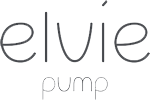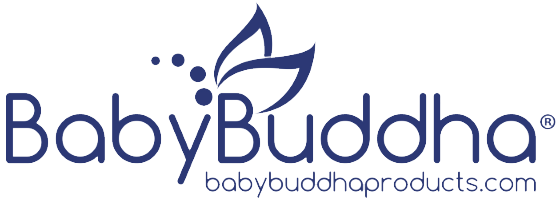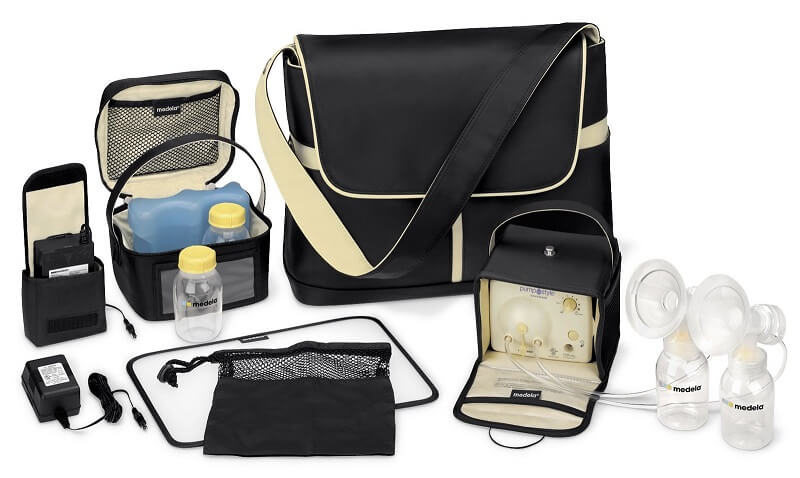Breast Pumping Tips
Breast pumping like breast feeding is a skill. Breast pumping comes in handy when you are dealing with challenges when breastfeeding. These challenges can come in the form of biting, low milk supply, ill moms, infections among many others. Sometimes breast pumping can be a challenge in itself and this means that you will need all the help you can get for smooth pumping.
Here are some great tips that will make your pumping session comfortable and more successful when using a manual or electric breast pump.
Have A Pumping Routine and Follow It
Having a set routine in the pumping process is one of the best tips you can grab here. Pumping at the same time, chair and place drinking the same beverage will do a lot to maintain your milk supply. Getting all the important things ready in the same way will assist a great deal in getting used to the routine and help in saving time. Following the same routine will condition the milk ejection reflex for a smooth flow.
Massage Before Pumping
Massage your breasts prior to starting the pumping process. Start from the armpit using the fingertips of the opposite hand and make tiny circles in one spot. Move your hands and continue with the circular motions. Work all around the breast s then move towards the areola using spiral patterns. This is similar to the breast exam used in checking for lumps. Use long strokes from the chest wall to the areola and then finally work around the breast then move to the other breast. If the milk flow slows when you are pumping, you can take a massage break as this will assist in increasing the flow.
Visualize
This might seem like an ineffective thing to do but a smooth milk flow can be determined by how you visualize the experience. Think of yourself as a fountain of milk or streams of milk flowing from the mountain. Sometimes what you think will determine how successful your let-down will be. You can also look at your baby’s picture while you pump and this will prove to be helpful. This kind of visualization is highly useful especially when you are away from your baby. Sometimes your body reacts to what you perceive and visualize, and your milk flow can be controlled by this.
If it helps, call your sitter and find out what the baby is doing as this will help you picture the baby and assist in the pumping. To minimize the distractions around you while you are pumping, listen to your favorite music or to nature sounds such as the rain forest, the ocean or whatever appeals to you.
Pumping With Sore Nipples
If your nipples are feeling a little sore try setting the pump at a lower suction power. You can also try a different pump but ensure that your nipples are not rubbing on the flange as this could be the reason behind the soreness. There are also products that you can apply on the sore nipple to help in relieving the pain and getting rid of the soreness.
Pumping More Milk
There are great suggestions for moms who have a low supply of milk when pumping. If you want to achieve higher milk supply you should pump as often as the baby breastfeeds. If you have any worries related to the quantity, you can pump more frequently. This stimulates the production of milk better than pumping for longer periods. You have the highest supply early in the morning and you can add an extra pumping sessions to get the most out of this supply.
Sometimes the most obvious thing might be the reason why you are getting a low supply of milk. Check to ensure that your pump is well connected and functioning as it should. You can also double pump to get a higher supply because prolactin levels will be higher when you are pumping both breasts.
Breast Pumps Through Insurance
This is an important tip because most people might think that they have to but a breast pump out of their pocket. Well, Obamacare or Affordable Care Act requires insurance to cover breast pumps and lactation consultant services. This means you can get a free breast pump through insurance coverage. Call your insurer for more details.
Published by:













